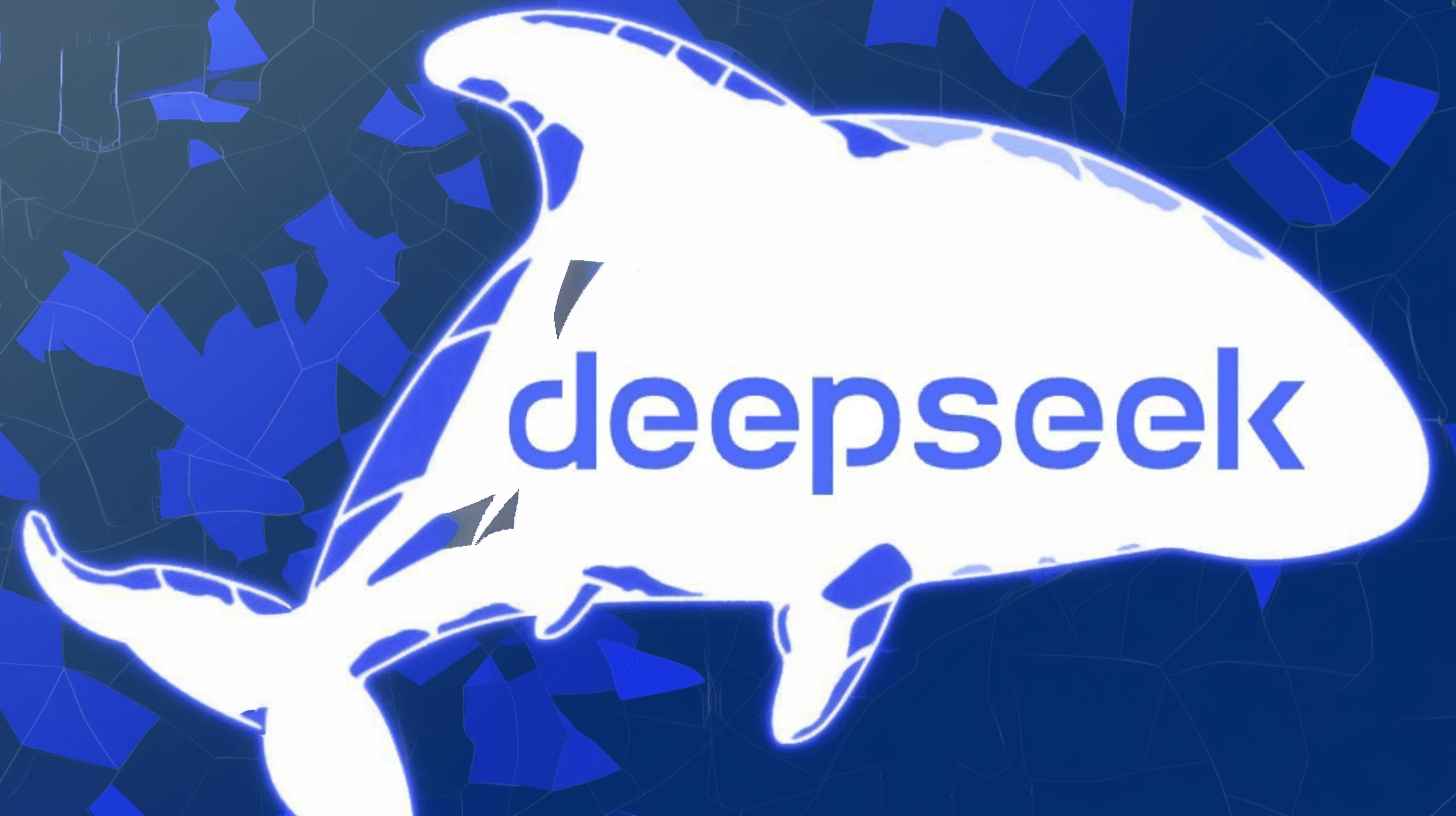What is DeepSeek? : On January 27th, tech companies around the world, including those in the U.S., faced significant losses, drawing widespread attention. One of the biggest hits came to Nvidia, one of the world’s largest chip manufacturers, which saw a $593 billion drop in its market value. This marks the largest single-day loss in market value for any company in U.S. history.
The sudden shift in the stock market also caught the attention of former U.S. President Donald Trump. Reacting to the volatility, Trump stated, “America’s leading tech companies need to be alert and ready to face such challenges moving forward.”
Cost: Only $600,000
Who Owns It?
There is still limited information available about DeepSeek. Records show it was founded by Liang Wenfeng, the owner of a prominent investment company called High-Flyer. He studied engineering at Zhejiang University in Hangzhou. In an interview with a Chinese investment firm, he revealed that for years he focused on understanding how AI could be applied across various sectors.
One of the reasons for DeepSeek’s growing popularity is its relatively low cost of development. While other AI models, like ChatGPT, have cost billions to build, DeepSeek’s creation only required $600,000. According to reports, the Nvidia H800 chip used to train the DeepSeek V3 model, launched on January 10, cost less than $600,000.
Microsoft Launches CoreAI Division to Lead the Next Wave of AI Innovation
What Makes DeepSeek Unique?
Despite being an AI, DeepSeek doesn’t answer all questions. It avoids sensitive topics, particularly those related to politics and China. When asked about former President Donald Trump, the AI detailed his policies and criticized his attempts to weaken democracy. However, when asked about Chinese President Xi Jinping, DeepSeek refused to provide an answer.
The Future of DeepSeek
DeepSeek’s rising popularity challenges the notion that massive investments and resources are essential for AI development. According to a report from the U.S. Department of Energy, data centers consumed around 4.4% of the country’s total electricity in 2023, and this figure is expected to rise to 12% by 2028.
Could AI Be Prone to Mistakes?
Andrew Lenton, Senior Lecturer in AI at the University of Wellington, explains, “Data centers built to power AI models consume large amounts of water and electricity, and their construction relies heavily on steel and carbon. If DeepSeek were to replace models like OpenAI, it could significantly reduce energy consumption.”

Ayush Kumar Jaiswal is a writer and contributor for MakingIndiaAIFirst.com, a platform dedicated to covering the latest developments, trends, and innovations in artificial intelligence (AI) with a specific focus on India’s role in the global AI landscape. His work primarily revolves around delivering insightful and up-to-date news, analysis, and commentary on AI advancements, policies, and their implications for India’s technological future.
As a tech enthusiast and AI advocate, Ayush is passionate about exploring how AI can transform industries, governance, and everyday life. His writing aims to bridge the gap between complex AI concepts and a broader audience, making AI accessible and understandable to readers from diverse backgrounds.
Through his contributions to MakingIndiaAIFirst.com, Ayush strives to highlight India’s progress in AI research, startups, and policy frameworks, positioning the country as a leader in the global AI race. His work reflects a commitment to fostering awareness and dialogue around AI’s potential to drive economic growth, innovation, and societal impact in India.
For more of his work and insights on AI, visit MakingIndiaAIFirst.com.




